Share the Lore!
By: Alex Postrado
Ogopogo: The Serpentine, Lake Monster Of Canadian Folklore
Giant serpentine monsters appear in practically all sorts of lore.
Among the most notorious are the many-headed Lernaean Hydra and the king of the serpents, the Basilisk.
And through the years, countless cryptozoologists have dedicated their life’s work to studying the tales behind these folkloric creatures and proving the reality of some of them.
One of the cryptids commonly caught in between heated existential debates is the Ogopogo.
Arguably, the Ogopogo could fall in line with other monsters of myths — not necessarily real in a physical sense, but very much alive figuratively.
Although, from time to time, people — quite literally — dive into the depths of Okanagan Lake in British Columbia, Canada, to find proof that — of all serpentine giants we know from stories — the Ogopogo, the humped, meters-long, snakelike monstrosity of Canadian folklore, actually exists.
But does it really?
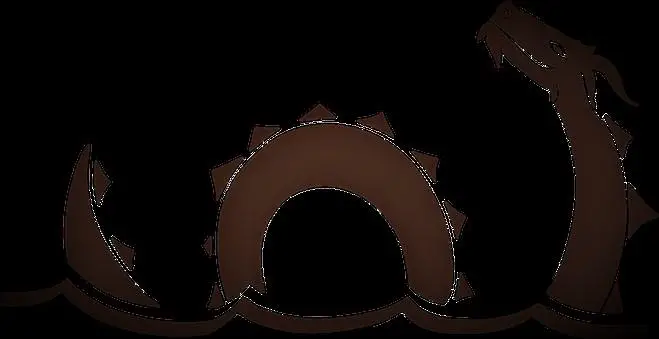
What is the Ogopogo?
Simply put, the Ogopogo is the Loch Ness Monster of British Columbia — specifically, the city of Kelowna.
It is a multi-humped, snakelike beast of the waters with a body that reaches anywhere from 15-82 feet long — some say, maybe even longer — and skin that is covered in scales, the color of either dark brown, moss green, or deep blue.
Atop the Ogopogo’s scaly body is said to be an odd-looking head. Odd, in a way that it is not what most people would expect a serpent-like monster to have.
The head is believed to resemble that of a horse, a goat, or a sheep.
Only on rare occasions was it ever described to look like that of a snake.
Still more peculiar are the stories, saying that the Ogopogo also has a pair of long ears and a couple of horns attached to its head — swaying some toward the idea that, perhaps, the Okanagan Lake does not have a giant lake serpent at bay, but rather a chimera-type lake dragon.
Coil as it might in our imaginations, this supposed lake dragon still hasn’t been seen face to face by any known human — or, at least, not one instance of a close sighting has been captured by a camera.
And with that, we can easily deduce the factors and come up with the conclusion that these descriptions of the Ogopogo are likely only as accurate as of the ones we have of other well-known cryptids, like Bigfoot!
Although, with Bigfoot — otherwise known as the Sasquatch — there is really not much to uncover appearance-wise. Its name has pretty much all the clues you would need to figure out what the rest of the cryptid looks like.
But, with the Ogopogo, it seems as though the same cannot be said.
Starting with the obvious, the name Ogopogo is apparently not the scariest of names out there!
It can even sound less threatening when you consider that the infamous monstrous serpent of British Columbia — just like most of us — has a pet name: Oggy.
Additionally, others say that smaller versions of this creature — if there happen to be any — may be ‘endearingly’ referred to as Ogopups.
Again, that does not necessarily strike fear in anyone. But, then, maybe being ‘struck with fear’ is also not necessarily supposed to be the case in the lore of the Ogopogo.
After all, it is a creature who got its name from a popular English music-hall song from 1924, titled The Ogo-Pogo: The Funny Fox-Trot, so how scary could it be?
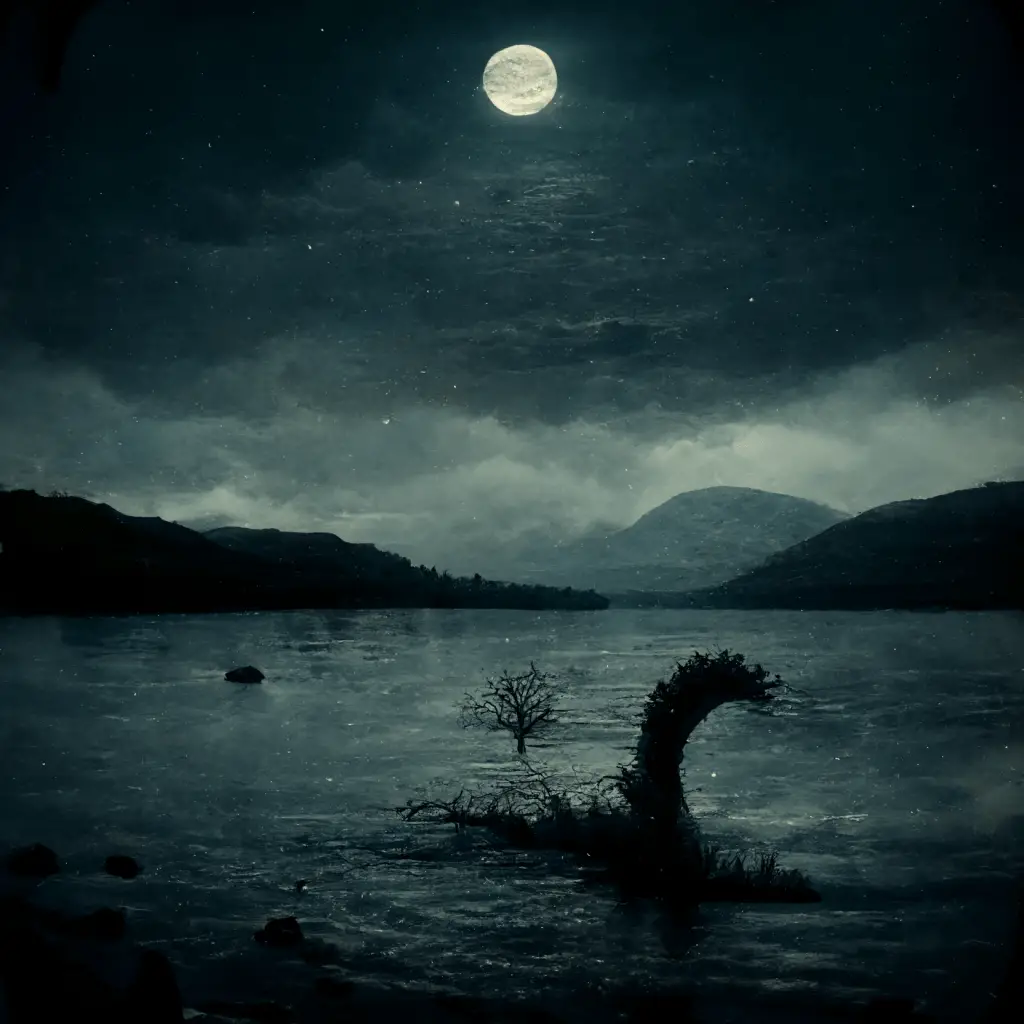
Alleged Encounters with the Ogopogo
Much of what we know about the Ogopogo today came from a great deal of anecdotal evidence we have inherited from the 19th century — when tales of a large, “yet-to-be-identified” water cryptid first emerged out of the Okanagan waters.
While it was British missionary John MacDougal who first raised the notion that the Ogopogo is — in fact — a real creature after he blamed it for “drowning a team of horses at the Okanagan Lake” about 12 years earlier, it was a settler, named Susan Allison, who gave the “first detailed account” of an Ogopogo sighting in the year of 1872.
Allison was among the first non-Aboriginal residents of the Similkameen Valley, British Columbia, which happened to be located near the Okanagan Lake. And she was very specific when she claimed that she saw a snakelike creature — much like a dinosaur — swimming in the depths of the said lake.
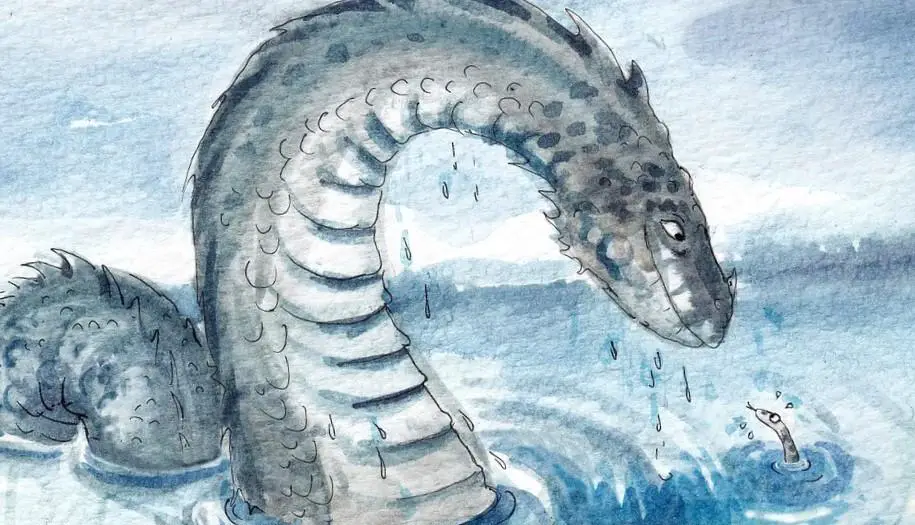
Over the course of a few years, more alleged encounters were added to the list.
And when 1890 came, it was Captain Thomas Shorts’ turn to recount his brush with a 16-foot long “snake with the head of a ram”.
The sightings went on as the years turned to decades. But the legend only reached the peak of its popularity in the mid-1900s.
In 1968, a man, named Arthur Folden, reportedly caught the “best film evidence of the Ogopogo” while he was passing by the Okanagan Lake.
Initially estimated to be about 300 yards offshore, the ‘Ogopogo’ in Folden’s minute-long footage was later revealed to be a real animal by the 2005 National Geographic TV show Is It Real?.
They concluded that it was “probably a waterfowl, otter, or beaver too far away to be identified“.
However, in the years between Folden’s purported encounter with the Ogopogo and NatGeo’s early 2000s investigation, the belief in the lake serpent’s existence ran rampant and wild.
So much so that around the 1980s, a cash prize was offered by local offices to anyone who can present ‘legitimate’ proof of Ogopogo sighting!
This, of course, boosted tourism in Kelowna, British Columbia.
At one point, over 50 tourists even watched a presumed Ogopogo in action, only for it to be later discredited as just “a pair of otters”.
Still, the evidence considered by many to be the “most crucial” of all only came forward in 2008 — in the form of a series of photographs taken by photographer Sean Viloria and his girlfriend Jessica Weagers.
It is said that experts could not find any sign of the photos being doctored.
But the years that followed Viloria’s Ogopogo sighting went pretty uneventful, nevertheless…
Until 2018 happened — when three photographed sightings of a possible 49-foot long multi-humped snake in the Okanagan Lake brought back people’s strong belief in the Ogopogo.
Well, people, except for the Natives.
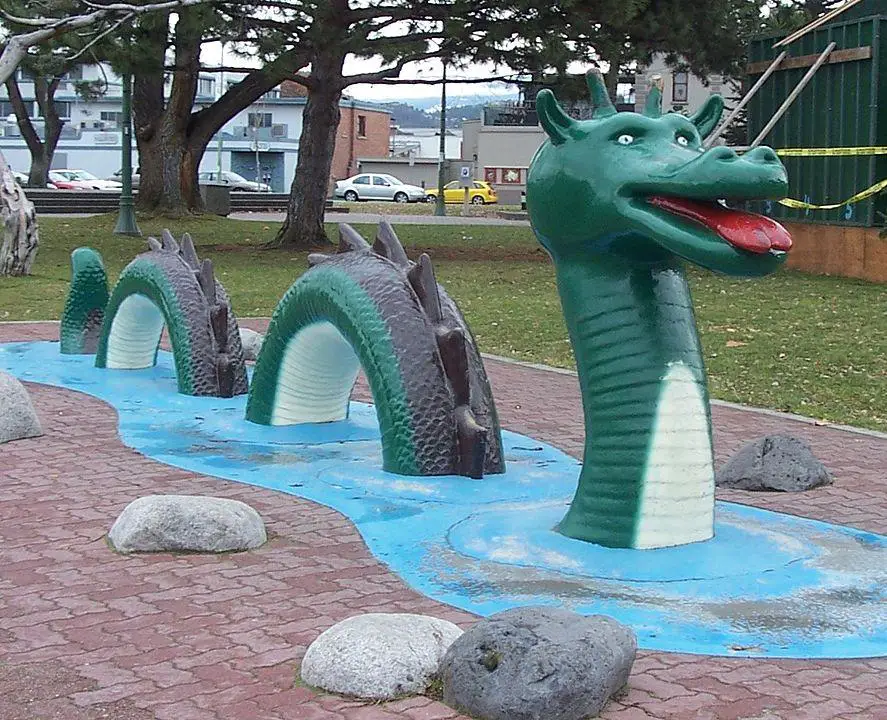
History Explains the Ogopogo Lore
The Syilx people, a Native American and First Nations tribe — otherwise simply known as the Okanagan people — had already been living in the area surrounding the Okanagan Lake for roughly 12,000 years before European traders first set foot in the region in 1809.
They had an established community where their laws were followed, their beliefs were observed, and their stories were told.
And among these stories was an oral myth, underlining the importance of water. It was symbolized by N’ha-a-itk.
The word generally translates to the “sacred spirit of the waters“.
In Native lore, the spirit, N’ha-a-itk — also spelled Naitaka — dwells in the underwater caves beneath the Rattlesnake Island — a small island on Okanagan Lake.
Coralee Miller of Westbank First Nation explains that in their stories, N’ha-a-itk is “very dark in color”.
Moreover, it has “the head of a horse and the antlers of a deer” — shedding light on the descriptions taken from accounts of Ogopogo sightings.
But, the ironic thing is, the First Nations — including Miller — used this description to refer to N’ha-a-itk in a spiritual sense.
In other words, while the Syilx’s traditions include throwing sage, tobacco, small animals, and other offerings for N’ha-a-itk into the Okanagan Lake to ‘ensure safe passage’, their beliefs and actions were never meant to be taken literally.
As it happened though, when the Europeans arrived in the 19th century, they “thought Indigenous people were offering chunks of meat to a very literal beast”.
To make matters worse, the sacred spirit of the lake, believed by Natives to protect the valley, was turned by foreign missionaries into a cartoonish — sometimes evil — supernatural entity, in an attempt to demonize the spiritual beliefs of the Native people.
And they called it Ogopogo.
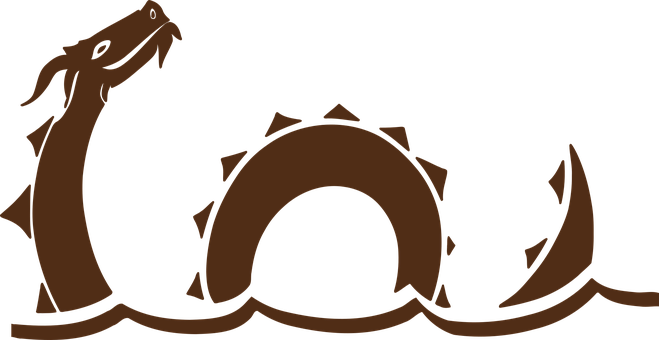
Is the Ogopogo Real?
In truth, there is really no mystery to uncover with regard to the existence of the Ogopogo.
It is a somewhat-modern creation — a mythical being taken out of its original context.
And while there are still people who like to believe that there is actually a serpentine cryptid, treading the waters of the Okanagan Lake, others, on the other hand, try to find explanations as to what the centuries-long series of sightings may have been all about.
If not a fantastical, snakelike creature, theories suggest that the Ogopogo accounts could be about:
- An ancient whale, called a Basilosaurus Cetoides;
- Some primitive aquatic dinosaur, like the Plesiosaur;
- Some misidentified group of waterfowls, otters, or beavers;
- A uniquely large white sturgeon;
- Or waterspouts — the ‘funnel-shaped’ vortexes, commonly forming over lakes when the air and water temperatures suddenly diverge.
Nevertheless, the Ogopogo remains a cultural symbol for the people of British Columbia, especially the Syilx.
Year after year, its legend pulls in tourists and researchers alike from all over the world, with hopes of catching sight of the Ogopogo up close.
But the origin of this creature reveals the truth to its story.
And as much as it all makes for a good mystery tale, it would also just be fair for us to acknowledge that the lore of the Ogopogo is so much more than what we see on the surface.
References:
What Lurks Beneath: The Legend Of Ogopogo Canada’s Mysterious Lake Monster The Legend, The Spirit, The Creature: The History Of Ogopogo What Is Ogopogo? The Mystery Of Canadian Lake Monster Ogopogo Ogopogo - Mythology Ogopogo - Puzzle Box Horror Ogopogo: Canada's Loch Ness Monster Ogopogo Sightings - Does Ogopogo Exist?
